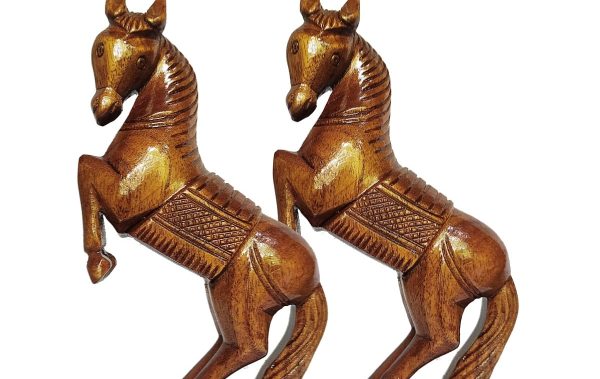No products in the cart.
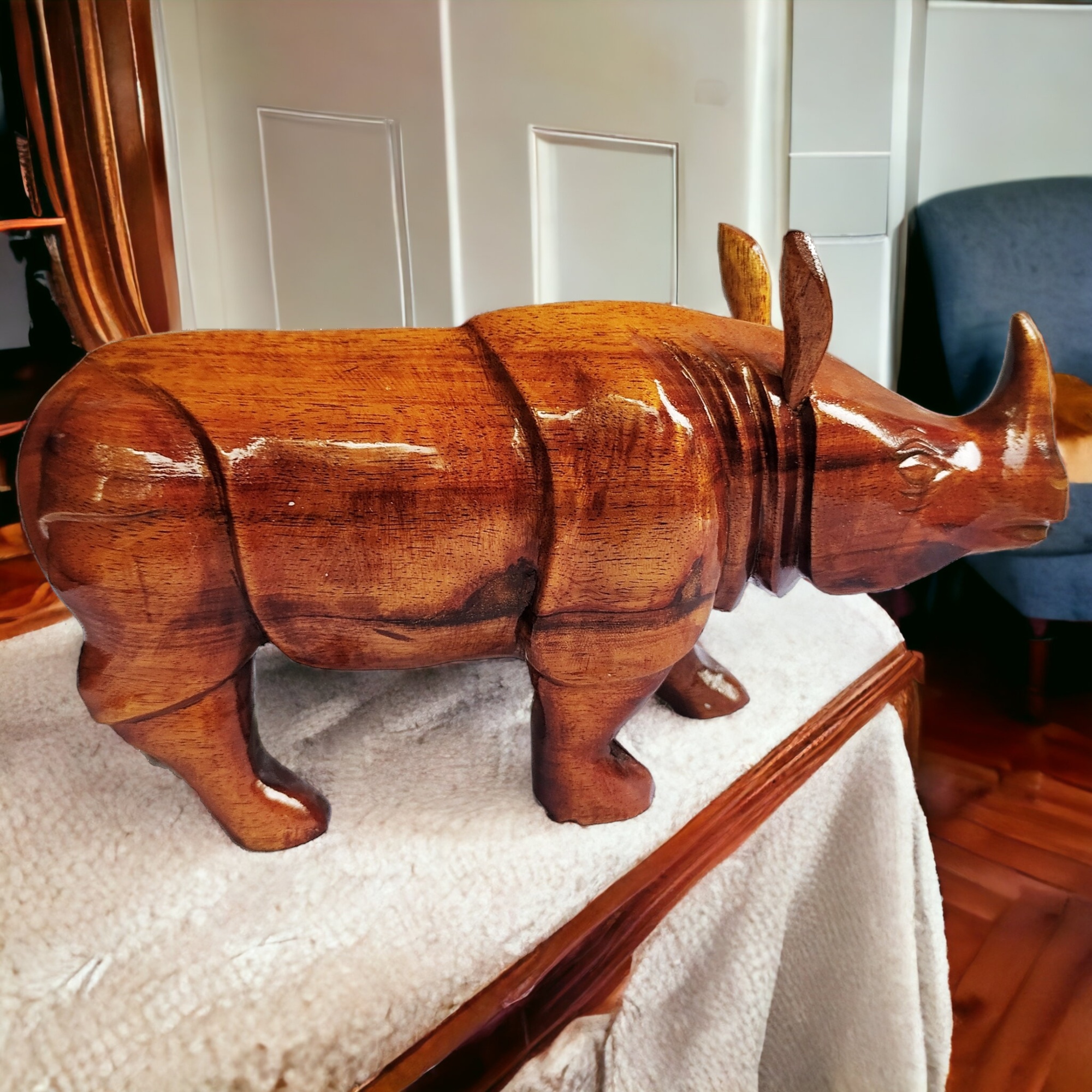
Story of Traditional Indian Handicrafts
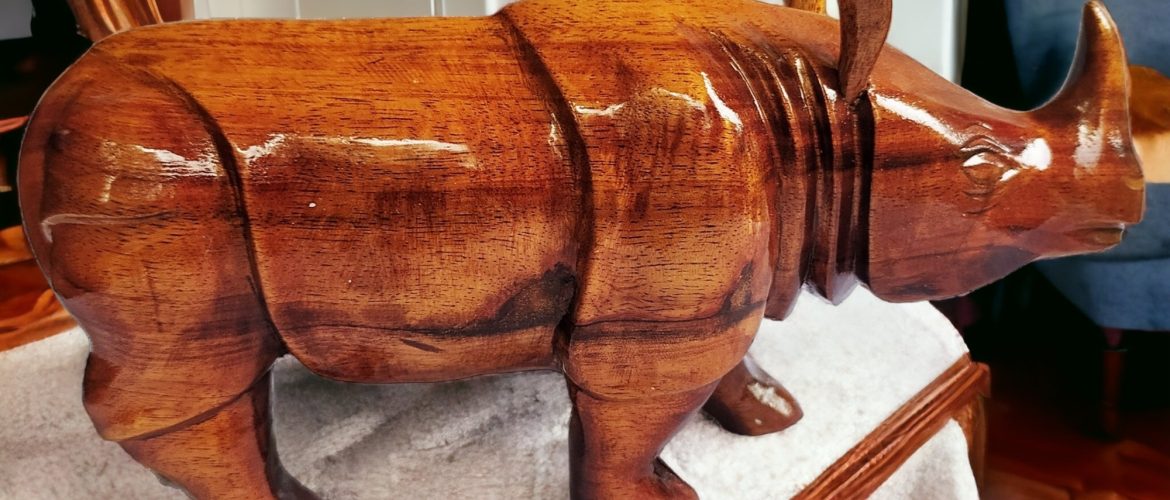
Handmade Handicrafts of India
History of Making Handicrafts
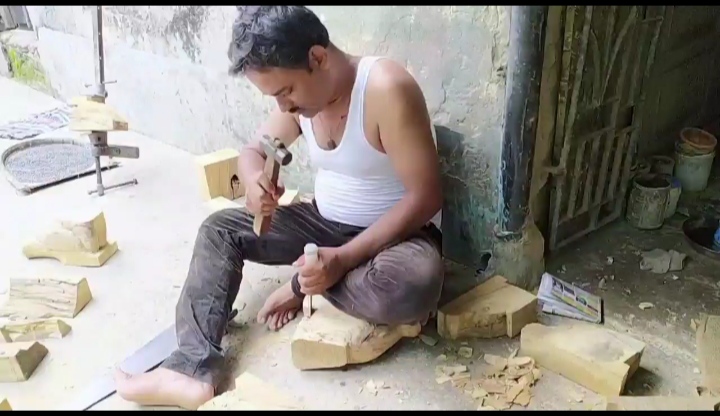
Indian handmade handicrafts have a rich history dating back thousands of years. The tradition of crafting intricate artifacts and textiles has been a vital part of India’s cultural heritage. From the ancient Indus Valley Civilization to the Mughal era and beyond, various dynasties and cultures have influenced the diverse range of Indian handicrafts.
During the Mughal period, art and craft flourished, with artisans creating exquisite items like carpets, textiles, and pottery. The British colonial era led to a decline in certain traditional crafts, but the freedom movement in the early 20th century saw a resurgence in promoting indigenous craftsmanship.
Post-independence, the Indian government actively supported the revival of handicrafts through initiatives like the Handicrafts and Handlooms Export Corporation of India (HHEC). Today, Indian handmade handicrafts encompass a vast array of skills, including pottery, weaving, embroidery, metalwork, woodcraft, and more. These crafts not only preserve cultural traditions but also contribute significantly to India’s economic and artistic landscape.
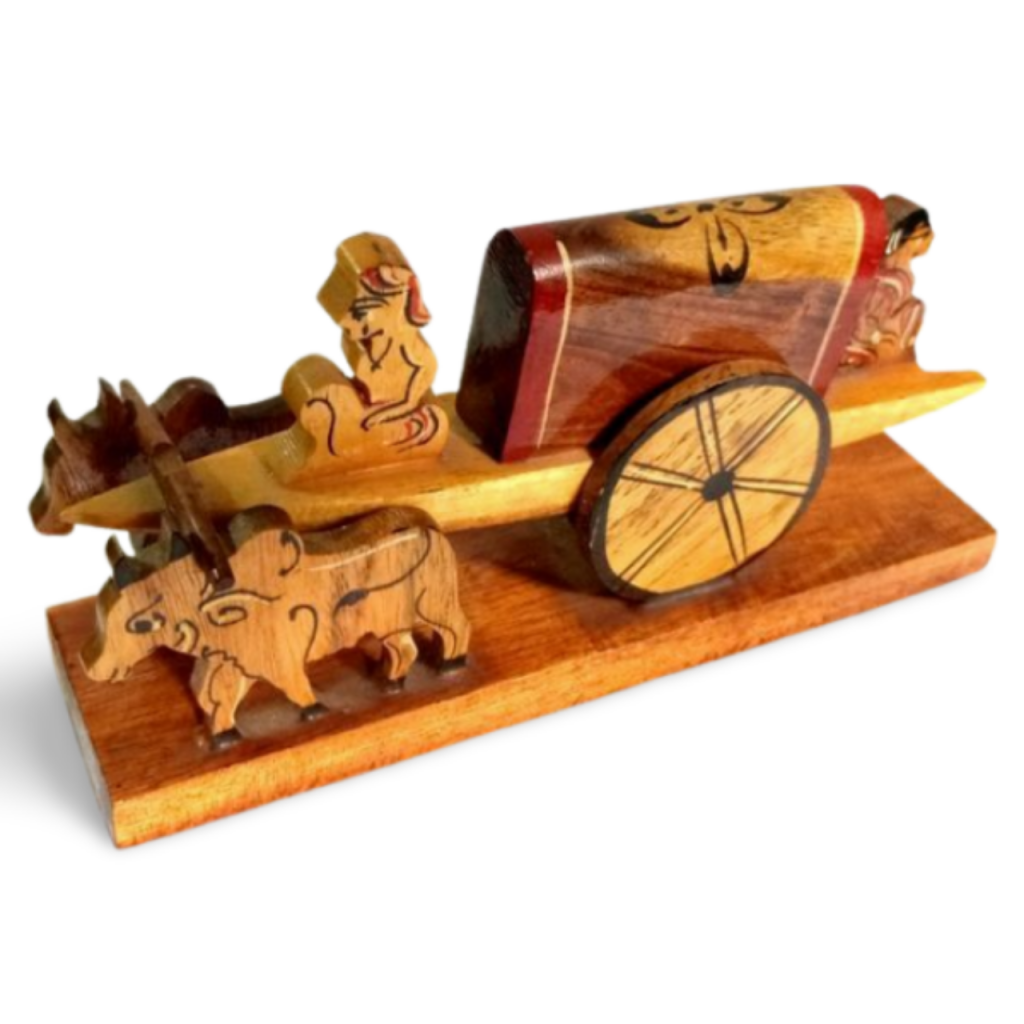
Different types of Famous Indian handmade handicrafts:
- Pashmina Shawls:
- Originating from the Kashmir region, these shawls are made from the fine Pashmina wool derived from the Himalayan goats. Known for their warmth and intricate hand-embroidery, they are highly prized.
- Madhubani Paintings:
- Hailing from Bihar, Madhubani paintings are intricate and colorful depictions of mythology and nature. Created with natural pigments and often featuring geometric patterns, they have gained global recognition.
- Channapatna Toys:
- Produced in Karnataka, Channapatna toys are crafted from locally sourced wood. Known for their vibrant lacquer work, these traditional wooden toys often depict animals and are a testament to the skill of Indian artisans.
- Banarasi Silk Sarees:
- Varanasi, or Banaras, is famous for its luxurious silk sarees. Woven with gold and silver threads, these sarees are adorned with intricate designs, making them popular for weddings and festive occasions.
- Blue Pottery:
- Originating from Jaipur, blue pottery involves a unique technique of glazing pottery with a distinctive blue color. The floral and geometric designs on items like plates and tiles are eye-catching.
- Kutch Embroidery:
- Hailing from the Kutch region in Gujarat, this embroidery style is known for its vibrant colors and mirror work. It is often seen in textiles like sarees, bedspreads, and wall hangings.
- Bidriware:
- Originating from Bidar in Karnataka, Bidriware involves the art of inlaying silver or gold onto a blackened metal surface. Items like vases, trays, and jewelry showcase this exquisite craftsmanship.
- Dhokra Art:
- This traditional form of metal casting is practiced in various states like Chhattisgarh, West Bengal, and Odisha. Dhokra artisans create intricate figurines and jewelry using the lost-wax casting technique.
- Kantha Embroidery:
- Originating from West Bengal, Kantha is a form of embroidery that involves stitching intricate patterns with running stitches. It is commonly used in quilts, sarees, and other textiles.
- Terracotta Pottery:
- Found across India, terracotta pottery involves shaping clay into various forms and then firing it. From decorative items to functional cookware, this craft showcases the versatility of clay.
These are just a few examples, and India boasts a diverse range of handmade handicrafts, each rooted in its own cultural and regional significance.
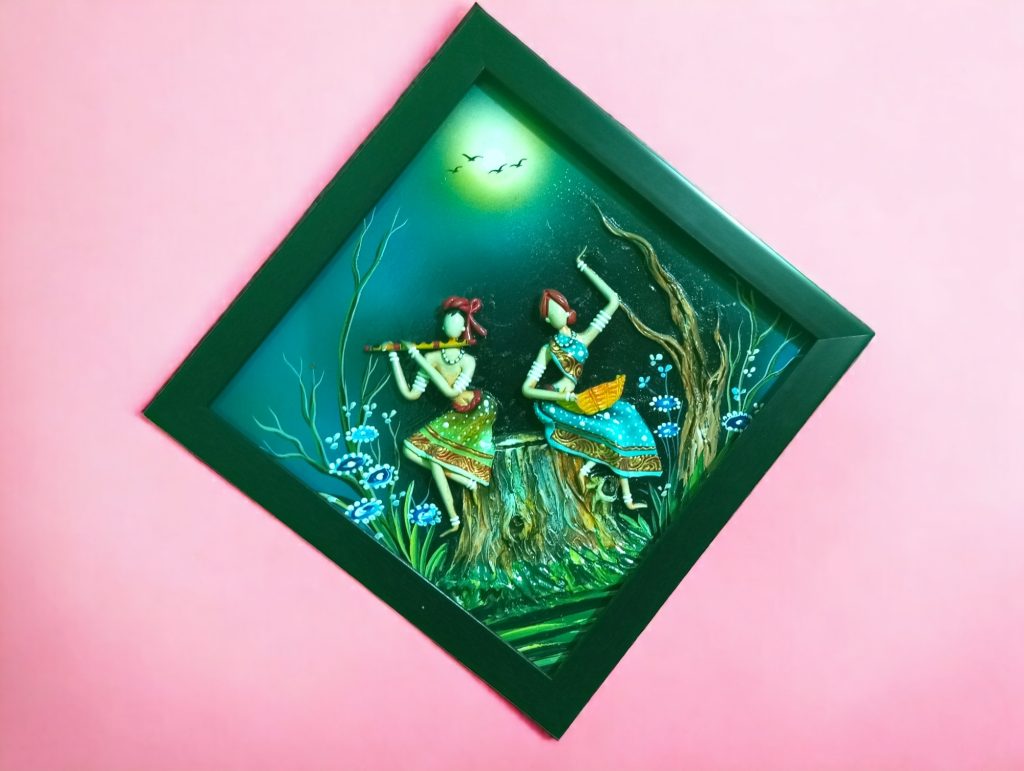
Problem associated with the Handicrafts Artisan to retain in this Field :
Indian handmade handicrafts artisans face several challenges in the current times:
- Market Competition:
- Mass-produced, machine-made goods often dominate the market, making it challenging for handmade products to compete in terms of pricing and volume.
- Globalization:
- While globalization opens up markets, it also introduces challenges. Cheaper imports sometimes flood the market, impacting the livelihoods of local artisans.
- Changing Consumer Preferences:
- Modern consumer preferences and a shift towards machine-made products can pose a threat to traditional crafts, leading to a decline in demand for handmade items.
- Lack of Recognition:
- Many traditional artisans lack proper recognition for their skills. The absence of intellectual property protection for traditional designs makes it easier for others to replicate and mass-produce without giving due credit or compensation.
- Limited Access to Markets:
- Artisans often struggle to access broader markets due to factors like lack of infrastructure, limited online presence, and difficulties in complying with international quality standards.
- Financial Instability:
- Artisans may face financial instability due to irregular income, lack of access to credit, and the seasonal nature of certain crafts.
- Skill Erosion:
- The younger generation might not be as inclined to pursue traditional crafts, leading to a potential erosion of skills and knowledge within artisan communities.
- Cultural Shifts:
- Changes in lifestyle and cultural preferences impact the demand for traditional crafts, as consumers may opt for more contemporary or mass-produced items.
- Pandemic Impact:
- Events like the COVID-19 pandemic have disrupted the supply chain, leading to a decline in sales and income for many artisans who heavily depend on local and global markets.
- Limited Government Support:
- Despite various initiatives, some artisans still face challenges in accessing government support, training programs, and marketing assistance.
Efforts are being made by NGOs, government bodies, and conscious consumers to address these issues, but sustaining the livelihoods of handmade handicrafts artisans remains an ongoing challenge.
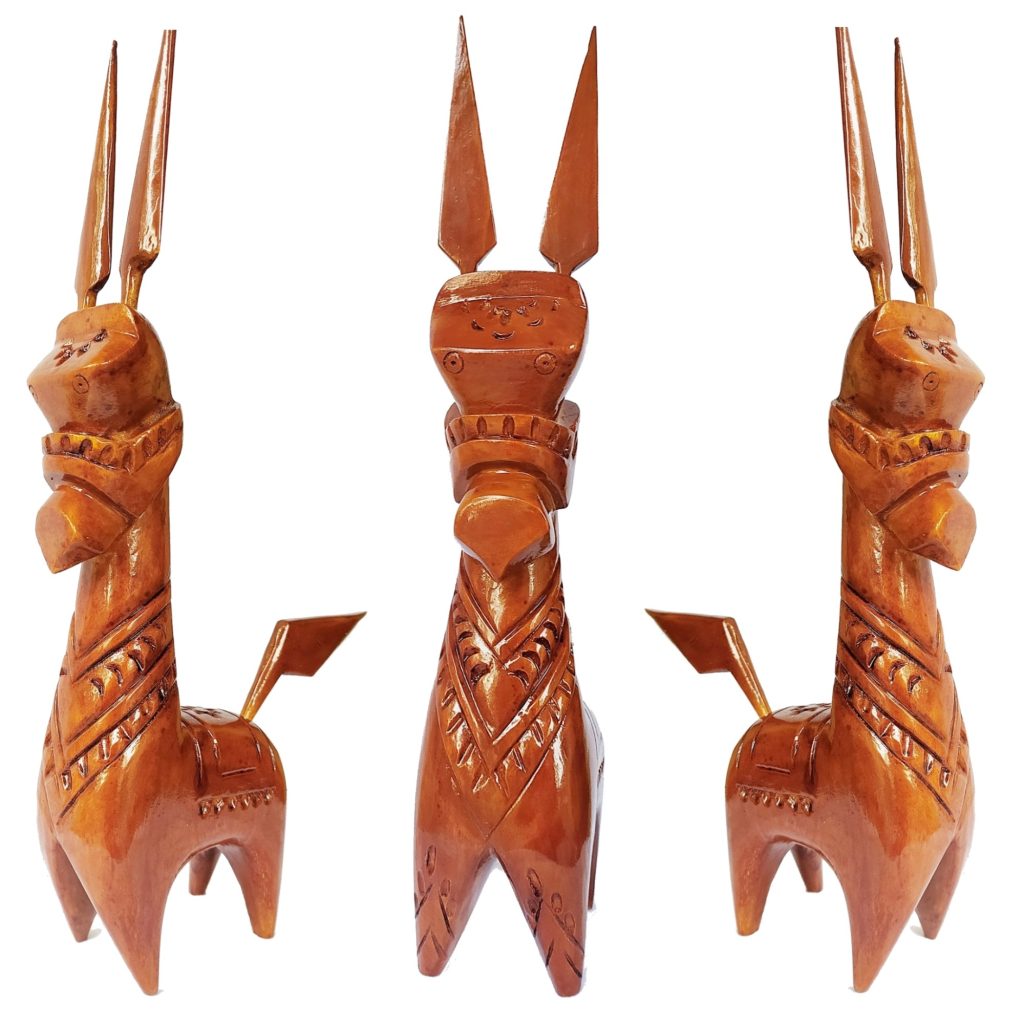
Few images of Traditional Indian Handmade handicrafts :
The Bankura Horse, a traditional terracotta craft from Bankura district in West Bengal, India, is a symbol of rural artistry. Handcrafted by skilled artisans, these stylized horses showcase intricate detailing and vibrant colors. Originally created for rituals and festivities, the Bankura Horse has evolved into a popular decorative item, symbolizing auspiciousness and artistic heritage. The traditional craftsmanship involved in shaping and firing the clay exemplifies the rich cultural tapestry of the region, making the Bankura Horse both a testament to artistic tradition and a revered piece of folk art.
The Chhau mask of Purulia, West Bengal, is a captivating form of traditional artistry. Crafted by skilled artisans, these masks are an integral part of the Chhau dance, a vibrant and energetic folk performance. Each mask is meticulously carved from wood, depicting characters from mythology, folklore, and nature. Adorned with bright colors and intricate detailing, these masks add a theatrical charm to the Chhau dance, celebrating the region’s cultural heritage. The art of Chhau mask-making not only preserves ancient storytelling traditions but also serves as a testament to the artistic prowess of the craftsmen in Purulia.
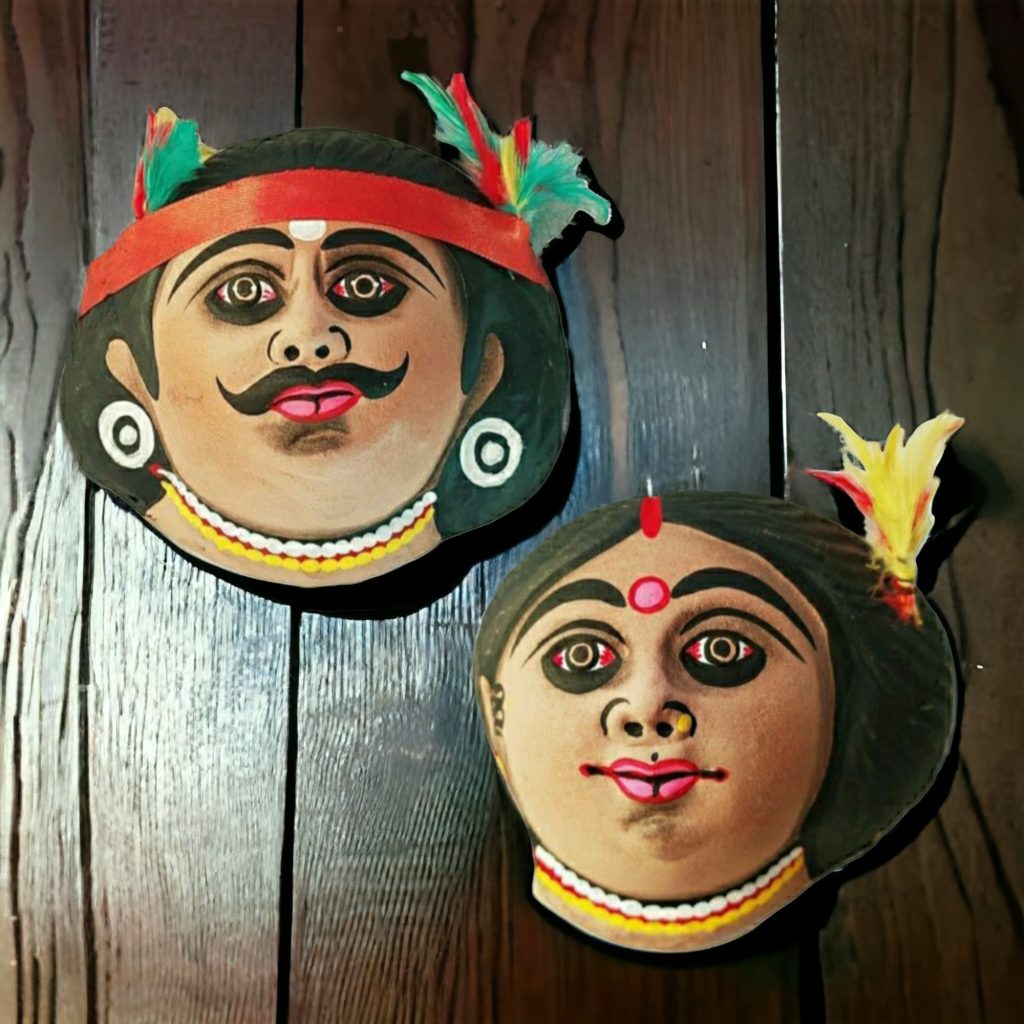
Panchmura village in West Bengal is renowned for its exquisite terracotta artwork, particularly pottery. Skilled artisans in Panchmura create distinctive clay items, ranging from intricate figurines to utilitarian objects. The red clay sourced locally adds a unique touch to these creations. The Panchmura terracotta art is characterized by its detailed craftsmanship, often featuring mythological motifs, animals, and traditional designs. This traditional craft not only reflects the cultural richness of the region but also serves as a livelihood for the local artisan community, contributing to the preservation of India’s diverse artistic heritage.
There are several other traditional handicrafts products from West bengal has been surfaced through our portal.
We are leading manufacturer of wooden handmade handicrafts & Homedecor Products from eastern India, under the registered Brand ‘ParamSparsh‘. We just not make a products from a piece of wood ! Rather we make your Home live with Dead piece of wood.

Directly from Artisan….. To your Doorstep “
– Our Motto

 Facebook
Facebook Instagram
Instagram YouTube
YouTube
